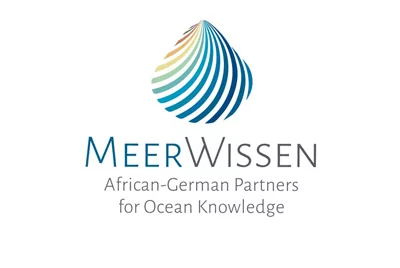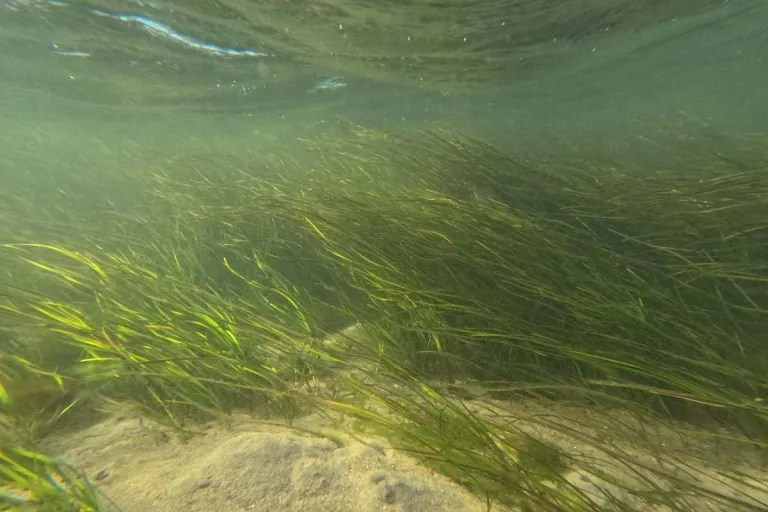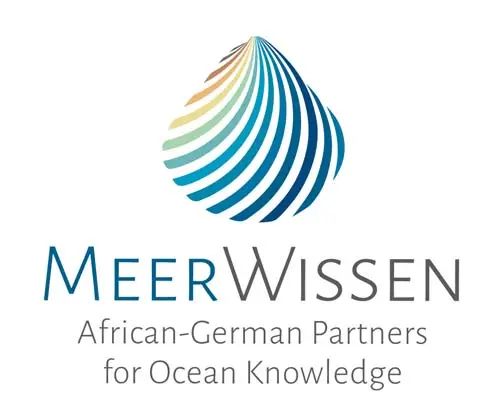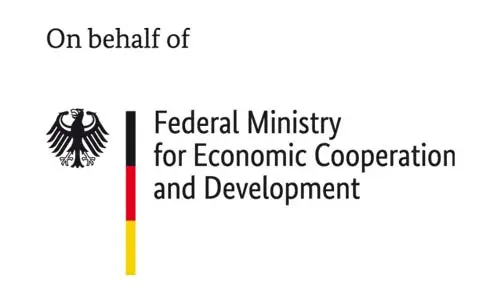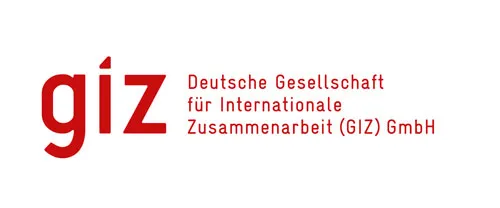Feature
Healthy seagrass, healthy people
How seagrass improves livelihoods of local communities in South Africa and Tanzania
Imagine working on an international project, conducting research, taking samples, analysing, discussing and arranging your findings and then writing a set of reports that end up on someone’s desk. And then they end up under the next report. And then the report after that. For Kyle Smith, a marine ecologist at the Scientific Services Division of South African National Parks (SANParks), this is the worst possible way for a project to end. Fortunately, the SOMWAT project is designed to have a more sustainable impact. To learn how science informs communities and management, Kyle shares his perspective as part of the MeerWissen project SOMWAT.
Communication is key to making a lasting impact
Wednesday, 18th December, 2024 – The summer holidays in South Africa have just begun and Kyle Smith sits in his office at the SANParks Scientific Services. SANParks is the national conservation body in South Africa, responsible for developing and coordinating the implementation of management plans for estuaries under its custodianship. It is also the managing authority of Knysna Estuary, one of the SOMWAT study sites. Kyle describes the approach of SANParks as a strategic adaptive management process: “We understand that we don’t know everything, but you can’t wait to know everything before you go and implement actions”. The main focus of Kyle’s work is to initiate and run a range of different monitoring and research programs. But there is another important aspect. “You also need to be able to convey your research findings – to park management and to all the other stakeholders”. SANParks communicates its science through journal publications, science-management-interface meetings, informal and formal stakeholder engagements and through popular media channels.
Healthy seagrass for thriving coastal communities in South Africa & Tanzania
Nature-based Solutions for Mitigation of Watershed Pollution (SOMWAT)
The SOMWAT project highlights how healthy seagrass ecosystems form the foundation of resilient and thriving coastal communities. SOMWAT, funded by the MeerWissen initiative, is a partner project between the Institute for Coastal and Marine Research (CMR) at Nelson Mandela University in South Africa, the Institute of Marine Sciences (IMS) at the University of Dar es Salaam in Tanzania and the Helmholtz Institute for Functional Marine Biodiversity at the University of Oldenburg Germany. The aim of the project is to understand and leverage the ecosystem services provided by seagrass meadows for water quality monitoring and the sustainable management of natural coastal habitats and aquacultures. And, by working in close partnership with NGOs, local authorities, and communities and aligning its research with the needs of local populations, to significantly improve the livelihoods of coastal communities.International Collaboration and Local Capacity Development
The SOMWAT project comprises of field surveys in the Knysna estuary in South Africa to assess the potential of seagrass meadows for reducing watershed pollution through nutrient, pollutant and pathogen removal. It also targets capacity building and knowledge transfers by means of workshops, field excursions and training to enhance local expertise in environmental monitoring and analysis.
In collaboration with researchers from Germany, students received specialized training in conducting seagrass field surveys to equip them with practical skills in the evaluation of seagrass habitats and the understanding of their ecological dynamics.
SOMWAT Perpetuates Science to Policy Transfer
One important objective of the project is the dissemination of research findings via stakeholder interactions. In the Knysna Estuary, a water quality workshop was held to develop a monitoring tool and water quality guidelines for managers to make informed decisions and take preventive actions. This workshop highlighted water quality hazards and presented seagrass as a monitoring tool to the participating stakeholders including the Knysna Municipality, Knysna Basin Project, South African National Parks (SANParks), Council for Scientific and Industrial Research (CSIR) and South African Environmental Observation Network (SAEON).
In Tanzania, stakeholder meetings with Chumbe Island Coral Park management and Marinecultures were held to address the results of field surveys concerning reef health in relation to water quality and seagrass presence. In one case, the synergies created in the SOMWAT project allowed for the swift dissemination of crucial information and urgently required data to comprehensively document the occurrence of mass mortalities of sea urchins in the Mediterranean, the Red Sea and Zanzibar.
Pressures on Knysna Estuary
The role of seagrass and its ecosystem services
“One aspect that really came out very strongly through the SOMWAT project is, how important seagrasses are for assimilating or removing pollution from the water column. And that’s very important for humans, because polluted water obviously has diverse health implications.”, explains Kyle.
Seagrasses are underwater plants that play a vital role as natural water filters and indicators of water quality. Seagrass meadows also help provide essential ecosystem services for example for fish populations, that use the meadows as safe breeding grounds, thus also making a substantial contribution to global fisheries productivity. Despite their importance for coastal ecosystems and to the local populations, seagrass meadows are threatened by a number of human activities. Declining water quality poses significant challenges to biodiversity, recreational activities, and subsistence livelihoods.
The impacts of anthropogenic pollution on seagrasses
Someone who understands the importance of seagrasses is Mkekali Ramadhani Juma of the University of Dar Es Salaam in Tanzania who is busy conducting lab work at the offices of the Institute of Chemistry and Biology for the Marine Environment (ICBM) in Oldenburg, Germany. Mkekali is a master’s student and tutorial assistant at the Department of Marine and Coastal Resources Management at IMS and currently, she’s analysing all the samples and data that she brought from her home state of Zanzibar. She is working with the SOMWAT project on assessing the impacts of anthropogenic nutrient pollution on seagrasses.
“In my project I’m looking at how seagrasses can help to mitigate pollution by nutrient sequestration. It has been known that seagrasses retain nutrients from the water column and from the environment. And, they’re one of the biggest carbon sinks in the world. However, these ecosystem services are barely recognised, because communities and local people don’t see the direct benefits. That is, not until they’ve seen the adverse effects of pollution in their society.”
Reconciling the human and the naturl sphere
Engaging local communities
Co-design facilitates sustainable cooperations
Kyle Smith is extremely happy about SOMWAT’s co-design approach, that is also a central element of the MeerWissen initiative. “There was a lot of stakeholder engagement not only at the initial implementation stage, but throughout the entire process. If you’ve been involved in the planning and the implementation, and you’ve been a part of the discussions of the outcomes, there’s a much greater sense of ownership. It was hugely beneficial to us to draw all the previous work together to identify gaps and create a more formal, cohesive and inclusive water quality monitoring and management program. Going forward, SANParks will continue with the monitoring beyond the duration of the project.“
Mkekali Juma has a similar idea of how to enlarge the footprint of the project. “For a project like SOMWAT, the traditional knowledge of local communities plays a really big part in identifying problems, beyond the issues that scientists or academic institutions aim at. In the future, the local communities should be involved in designing these kind of projects even more.”
Enabling people to overcome power struggles
What sounds easy and feasible in theory, can be hard work when it comes to dealing with actual problems. Kyle Smith explains that there is a lot of frustration when members of the public raise concerns over and over again and have the feeling they are not heard, or there’s a lack of movement or results. “We’ve had such a chronic level of pollution for so long, that there is a very low level of trust in the municipality at the moment.”
Kyle recounts the challenges of interacting with diverse user groups, but also the gratitude his team experienced when people felt appreciated. However, the team observes a very strong reluctance to go from smaller groups to larger forums with more organisations being represented. For example livelihood fishers don’t feel capacitated enough to be able to contribute within bigger forums.
“Because of the sporadic engagement periods, trust doesn’t build to a degree that it should. A more regular engagement is very time consuming – for the management authority, but also for the participants.”
Trust takes time to build
On a personal level, trust building seems to be a more natural process, as also Mkekali tells us. During one phase of the project, the team accompanied seaweed farmers. The researchers, early career scientists and professors alike, joined the farmers in the establishments of their farms and helped to plant seaweed. In this way, the researchers learned first-hand about the obstacles farmers face and gained the farmers’ acceptance.
“Unlike all these foreigners and scientists that are just coming here and telling them what to do, they were now actually working with people who they could trust. Because we had seen their work throughout the year and actually understood their problems. That’s how we managed to integrate both science and the people.”
Science to policy and science to the people
Water quality in the Knysna estuary
Co-design and Cooperation for Better Decisions
With the help of SOMWAT, a water quality management plan was created for the Knysna Estuary. This process involved local communities and stakeholders in developing a shared vision, goals, and strategies for managing the estuary. Through an understanding of socio-ecological connections (by linking water quality pressures from urban, catchment and other human activities to specific threats on ecosystem functioning and associated ecosystems), scientists and environmental managers were able to partake in the co-design of effective management interventions and solutions. The plan was published in the form of a research report which informs the process as well as the overall management and decision-making framework.A water quality management programme for Knysna Estuary
The report “Sustainable co-management of the Knysna Estuary” consists of two main sections, the Water Quality Management Programme and the State of Water Quality in Knysna Estuary. It includes descriptions of the Knysna Estuary as management unit and study area, goals and objectives as agreed upon by stakeholders as part of the Knysna Estuarine Management Planning (EMP) process, the uses of the estuary and its important estuarine ecosystems, pollution sources and key actions regarding water quality management and of course an overview of the present state of water quality.
Don’t trash the treasure!
SANParks has a pivotal role to play in gathering and allocating information, promoting co-governance and sharing expertise. But financial sustainability has to be considered. Although SANParks allocates funding towards certain projects, it’s not able to cover an entire and detailed monitoring program. Kyle Smith proposes to use the monitoring program as a blueprint for other municipalities, for example, adapting a program specific to Knysna to become a Garden Route National Park monitoring program. “Budgets on a larger scale tend to be more reliable and it’s an additional benefit, if you can speak to one regional municipality instead of having to contact three local municipalities.”
Mkekali Juma would rather bet on establishing self-sustainability. “For this project, we know that there’s the problem of untreated sewage. Don’t trash the treasure! Let’s create a biogas plant, make it commercial and draw from the revenue our funds to for example support young scientists to attend symposiums that help them to build networks for the future.”
The next generation wants to take over
Going new ways instead of well-trodden paths is at the heart of Mkekali’s vision for a more sustainable future. She has a lot of respect for the experience of seniors and cherishes her mentors in the SOMWAT project. But she finds that there is a lack of appreciation for the perspective of the youth and that the aims of the younger generation are vastly misunderstood. Much rather than focusing on their own interests, young people have the benefit of the community in mind.
“I would wish for this project to involve more young scientists like me in the whole process, from the establishment and design to the implementation. We’re the young generation, we have all this energy, we want to do so many things and a project like SOMWAT is a great opportunity where we can actually establish ourselves in the scientific world. So this project and any upcoming projects should target the young generation, should give opportunities or be at least open to younger generations. It’s our time now to do the job and to give back to our community.”
The future of seagrasses in Tanzania and South Africa
Mkekali believes that SOMWAT will make a sustainable contribution. But she is also worried about her future involvement in the project. When you accomplish something out of personal affectedness, it’s hard not to be there to see it evolve. “If projects could be designed in a way that would enable the stakeholders to stay connected after the project period is over, knowing that you could still be a part of something, would really make a big impact.”
Kyle emphasises his hopes for the aftermath of the project. “People want to see an outcome to our research. We can’t just be monitoring for the sake of monitoring, but we actually have to take our results and turn them into impact. That’s going to be a key step. Our monitoring and our results have to actually influence real change. We’re not going to solve the problems as a whole in one go. It’s about breaking it down into small wins and then changing the mindset of people: from being a stakeholder, pointing fingers at another stakeholder, to collectively trying to resolve the issues at hand in a cooperative effort.“
Mkekali Ramadhani Juma
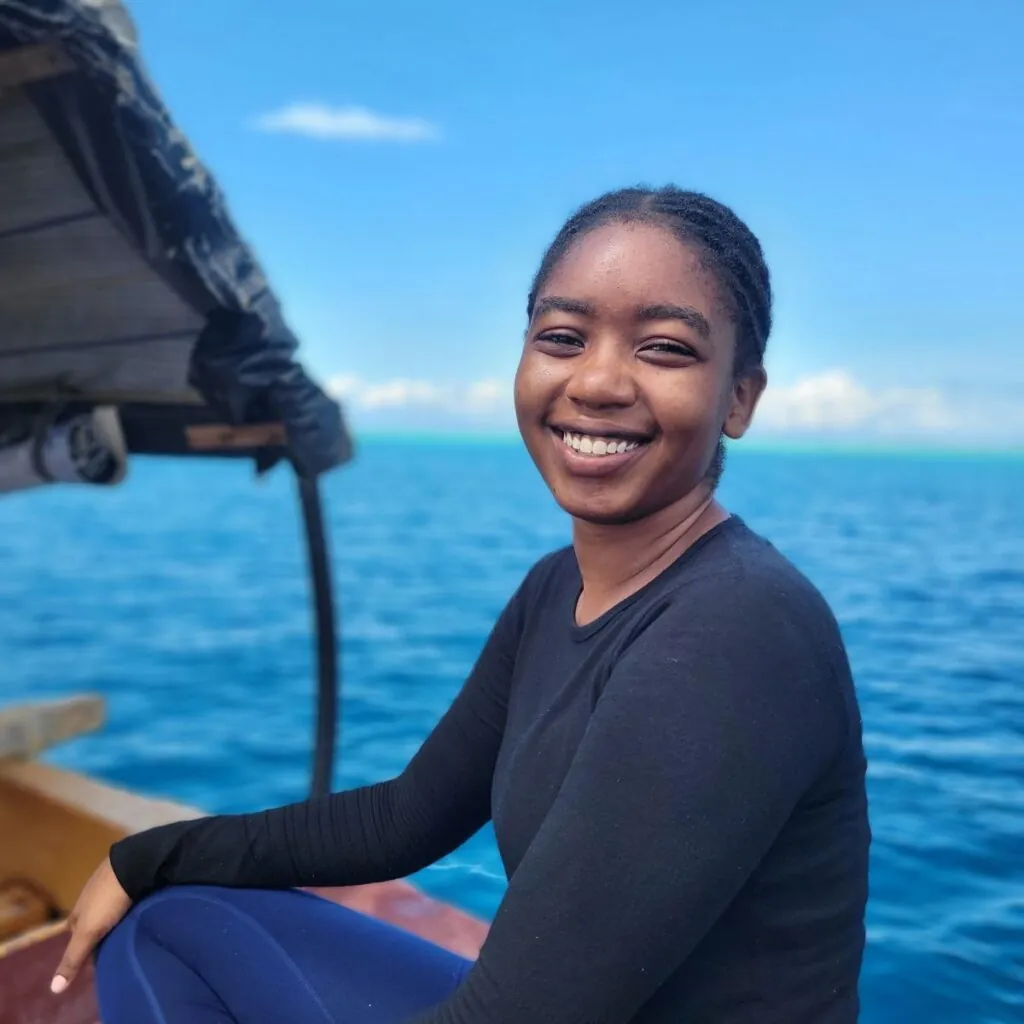
“I have always been very passionate about environmental conservation. I’m interested in how we as humans can contribute to a sustainable future and how we can integrate development and sustainable practises that can save a clean environment. Of course, these questions are part of my master’s thesis, but I take this not just as work. This is really something that I wanted to do for a long time and it’s very personal for me.”
MSc student at the Institute of Marine Sciences (IMS), University of Dar es Salaam in Tanzania
Kyle Smith
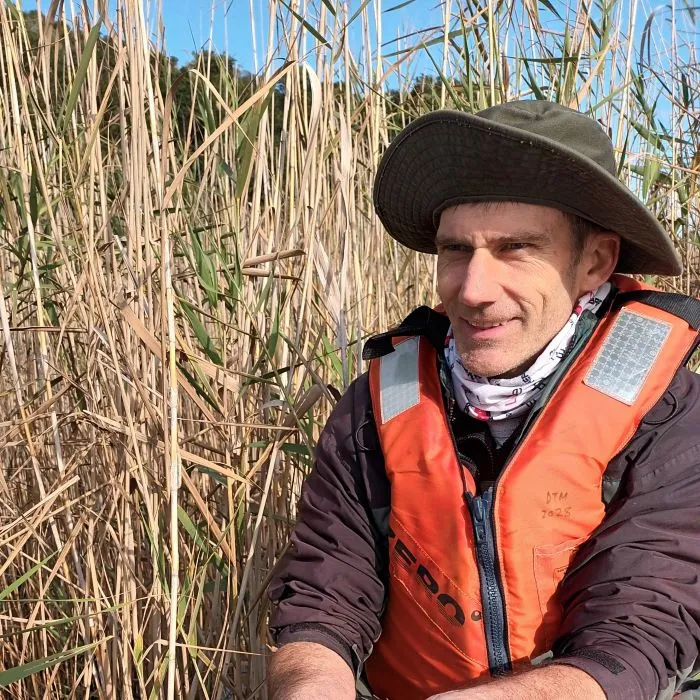
Marine ecologist for the Garden Route & Frontier Research Unit of SANParks
